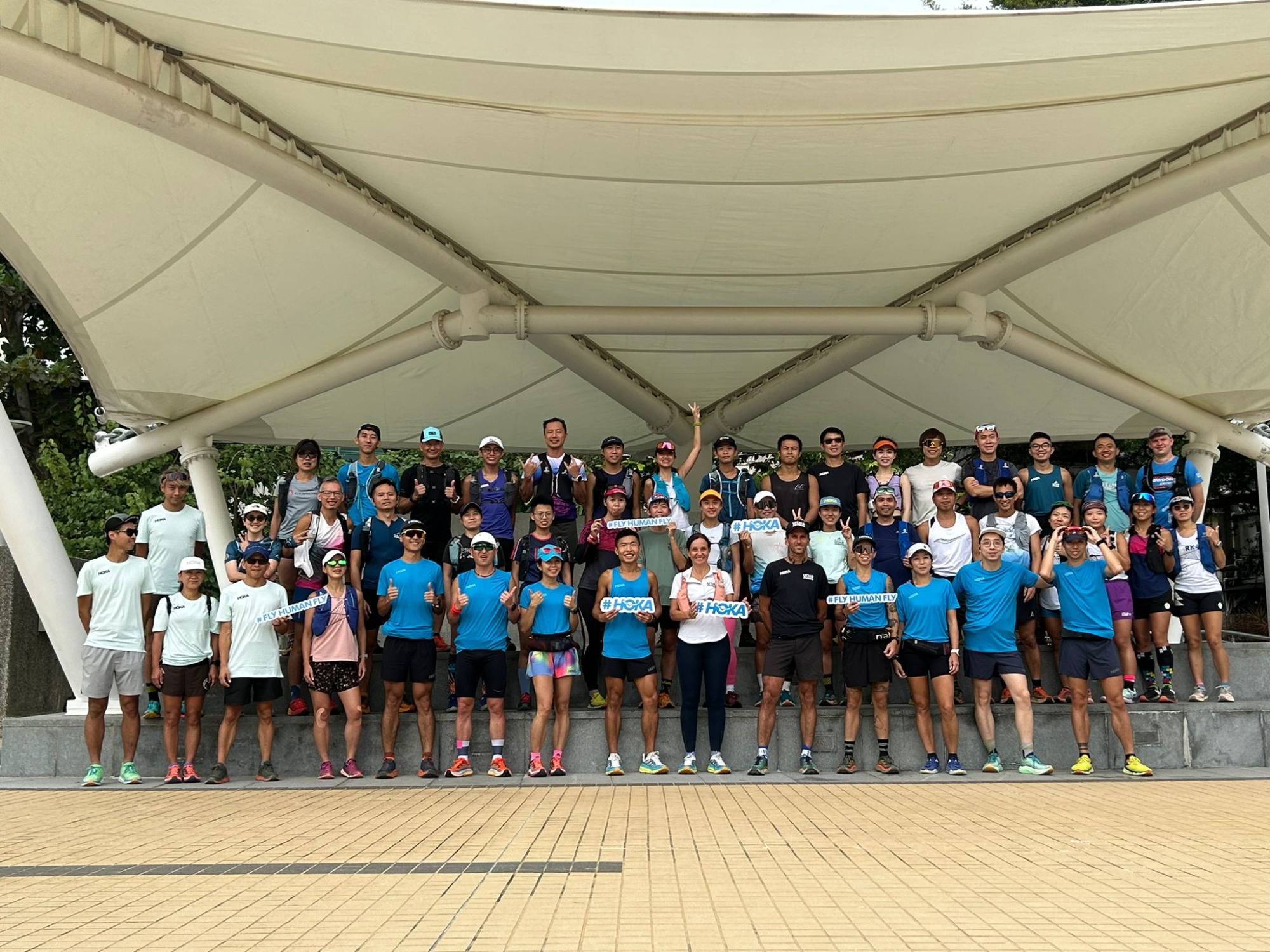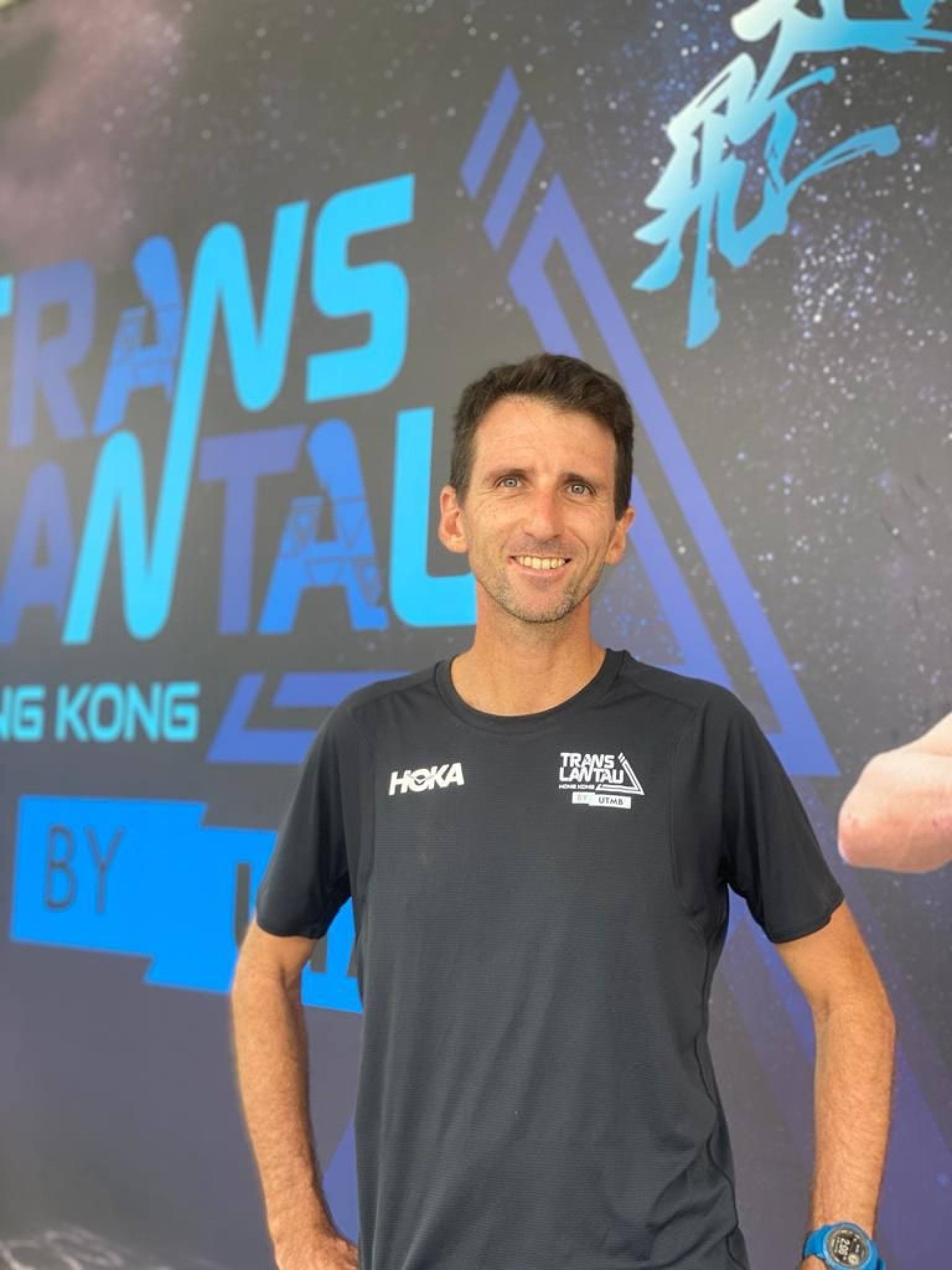
TransLantau race director feeling ‘pressure’ ahead of event’s return, says runners set for ‘physical and mental’ test
- TransLantau World Series trail races return after four-year absence, new 129km route provides gruelling examination for competitors
- This year’s edition celebrates the 10th anniversary and begins on Friday after six-months of preparations
Race director Clement Dumont said he was feeling “pressure” on the eve of the renowned TransLantau trail races following the event’s four-year hiatus.
This year’s 10th-anniversary edition begins on Friday and features a new 129-kilometre distance, alongside races over 100km, 50km and 25km.
Preparations have been six months in the making, with a mighty effort invested to stock 11,000 litres of water and an abundance of food across 12 checkpoints, over 150km of trails.
Dumont has overseen a 20-strong team marking countless intersections, while 500 volunteers helped prepare the course for more than 2,000 competitors.
Runners from 45 countries are taking part across the four distances, with 45 per cent from outside Hong Kong.

Dumont introduced the longer category to fall in line with UTMB World Series conditions, which dictate events must include a 100-mile (160km) race to feature on the elite global calendar.
UTMB have, however, afforded TransLantau some slack, given the geographical limitations of the island.
“The maximum distance we can cover on Lantau, without going into cities, is 140km,” Dumont said. “But the route includes climbs of 7,500 metres, so adding the elevation to the distance, represents more than 200km on the flat, and allows us to comply with the 100-mile requirement.
“It is the 10th anniversary, so we needed to increase the challenge, not only for the runners, but for ourselves, too.
“My main feeling now is of pressure, we have not organised TransLantau in person [it was held virtually last year] since 2019.
“I will go through a lot of emotions. There will be relief when we start the first race, then I will be worried about the runners on the trails. And when I see people crossing the finishing line, exhausted but happy, I have this excitement and feeling of accomplishment.”

The 129km slog begins at 10pm on Friday, with races over 100km and 50km getting under way at 9am and 10am, respectively, on Saturday. Athletes race over 25km from 9am on Sunday.
Dumont expects runners challenging for honours over the longest distance to finish in around 13 hours, with roughly 10.5 hours the time for the 100km pacesetters.
“But for the others running 129km, they will be on the trails at least one night, most of them two nights,” Dumont said. “And the others running 100km will take around 20 to 24 hours.
“It is a mix of a physical and mental challenge, you go beyond your physical capacity and need to convince yourself to keep moving.
“You go slower and slower, and the most important thing is to put one foot in front of the other, then you will reach the end.”

Recent typhoons and black rain caused landslides that required Dumont to “make compromises”.
The 129km race, for instance, was originally earmarked for a 140km challenge. But regardless of the layout, every runner will share in the opportunity to marvel at Hong Kong’s unique landscape.
“People often associate Hong Kong with high-rise buildings and the fast-paced city,” Dumont said. “But there is also the easy access to nature, and so many country parks.
“Those unfamiliar with Hong Kong are really surprised by the contrast between the city and the wild nature and forests and open mountains. You do not have this in many other places around the world.”

